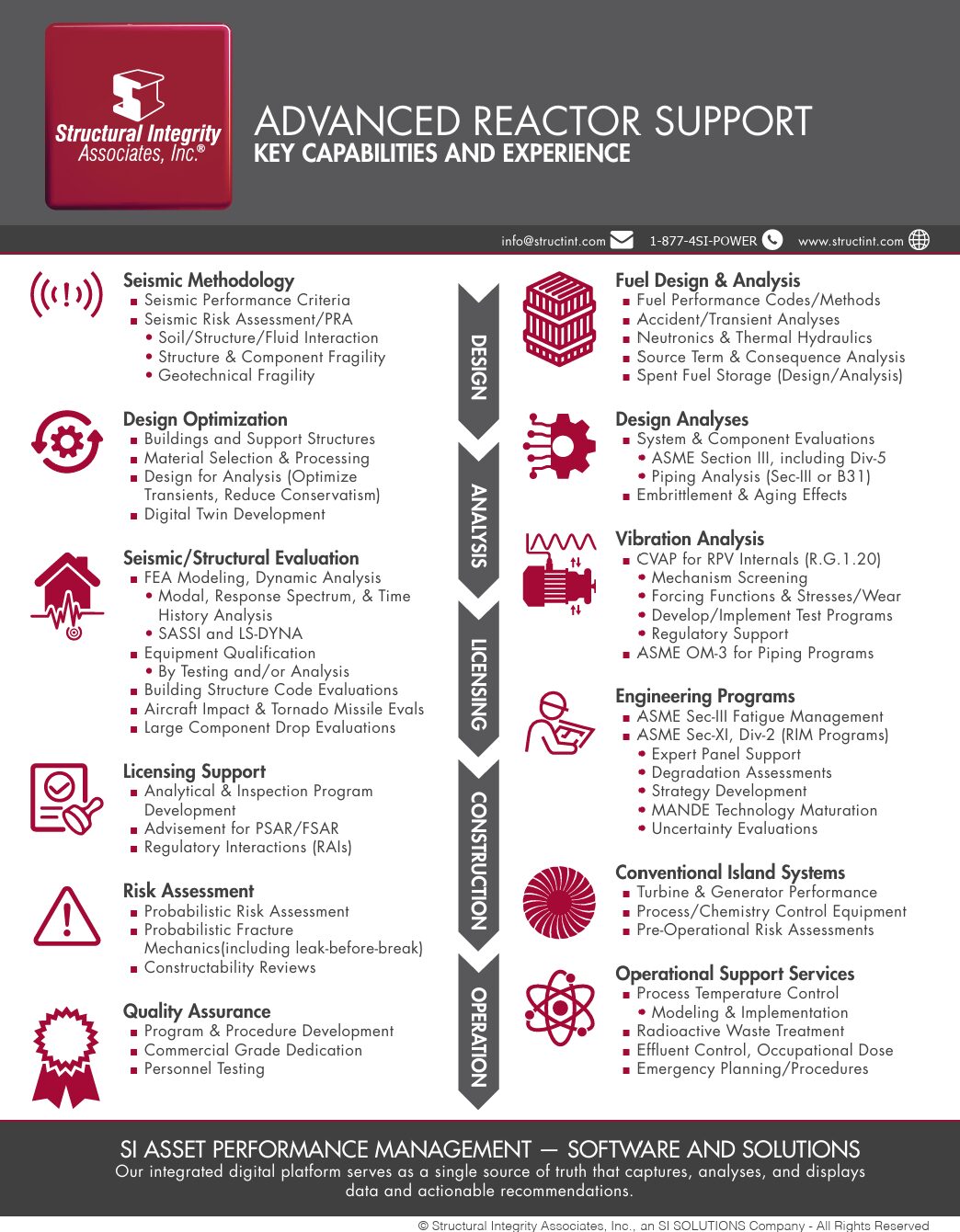
Advanced Reactor Support
This brochure includes: Seismic, Design Optimization, Structural Evaluation, Licensing, Risk, Quality, Fuel, Analysis, Vibration, Programs,

This brochure includes: Seismic, Design Optimization, Structural Evaluation, Licensing, Risk, Quality, Fuel, Analysis, Vibration, Programs,
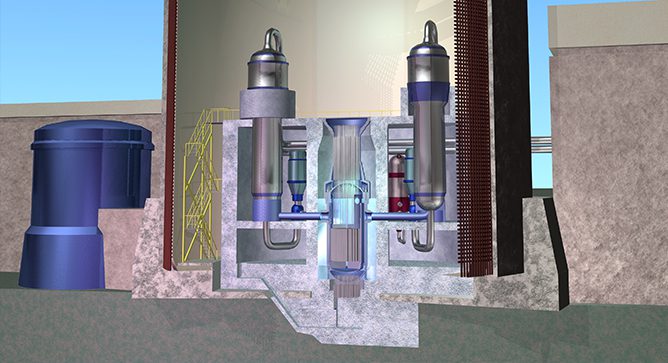
FRACTURE TOUGHNESS CRITERIA By: Tim Griesbach and Dan Denis The integrity of the nuclear reactor
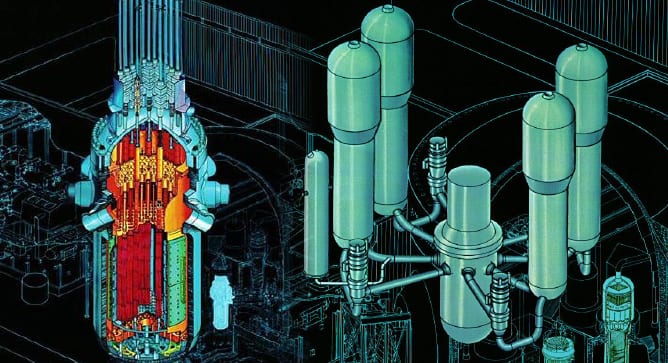
By: Christopher Lohse There have been several industry initiatives to support optimization of examination requirements
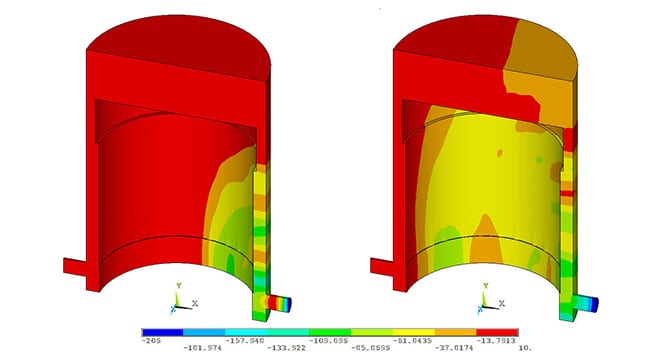
By: Matthew Walter As part of the general design criteria for nuclear power plants, the
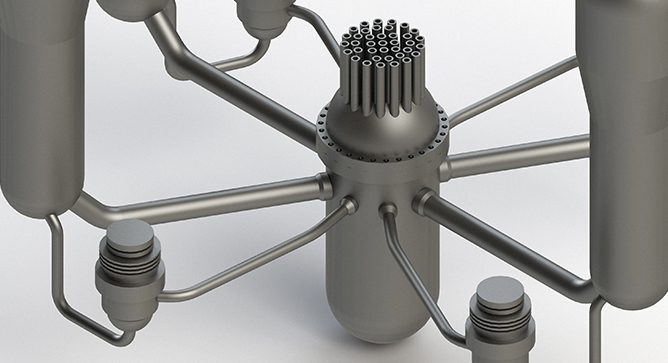
By: Scott Chesworth ASME Code Section XI requires that the RPV Threads in Flange component
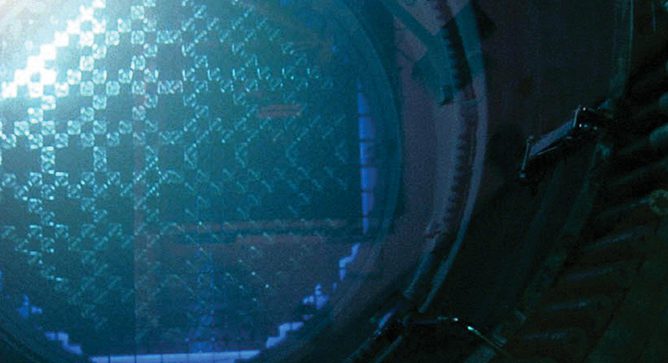
By: John Alvis Introduction The goal to achieve higher fuel rod burnup levels has produced